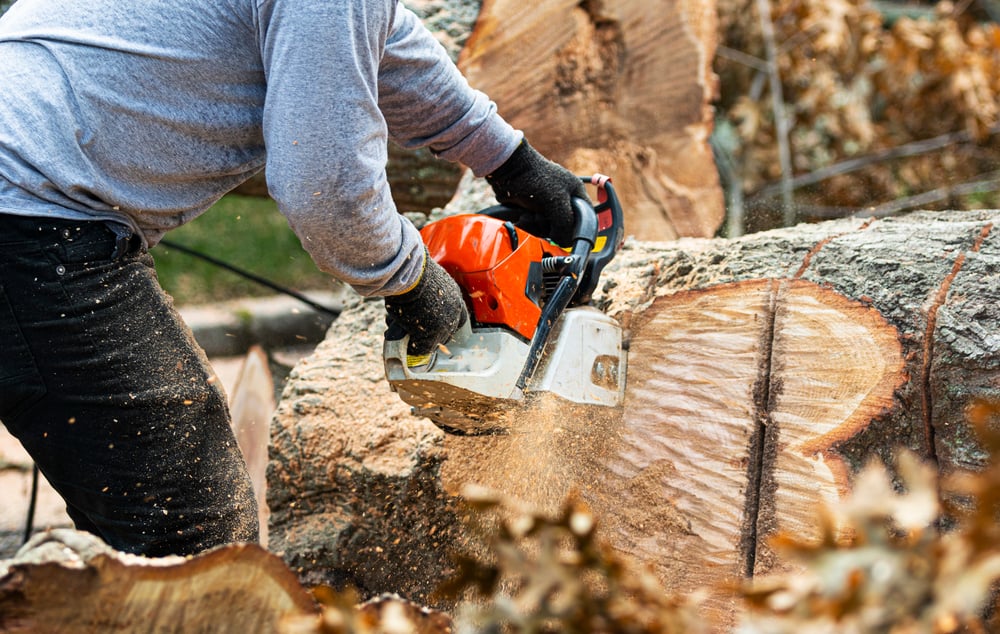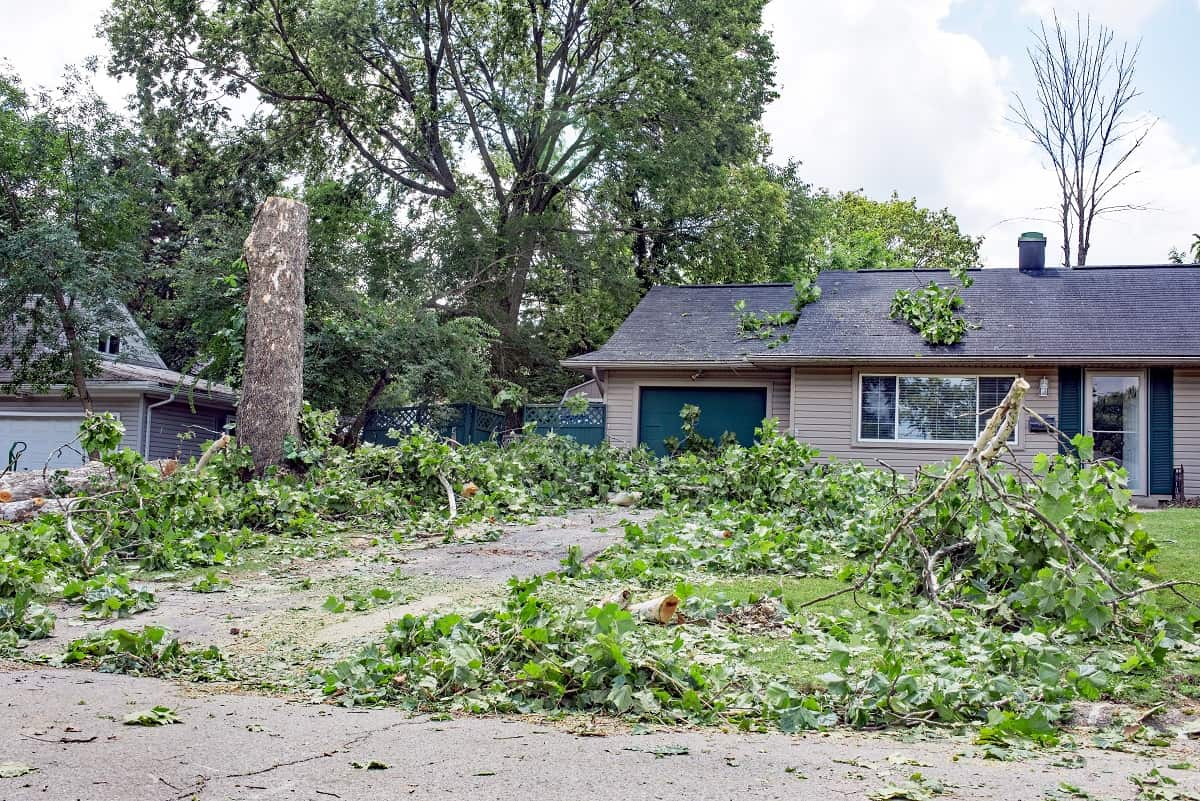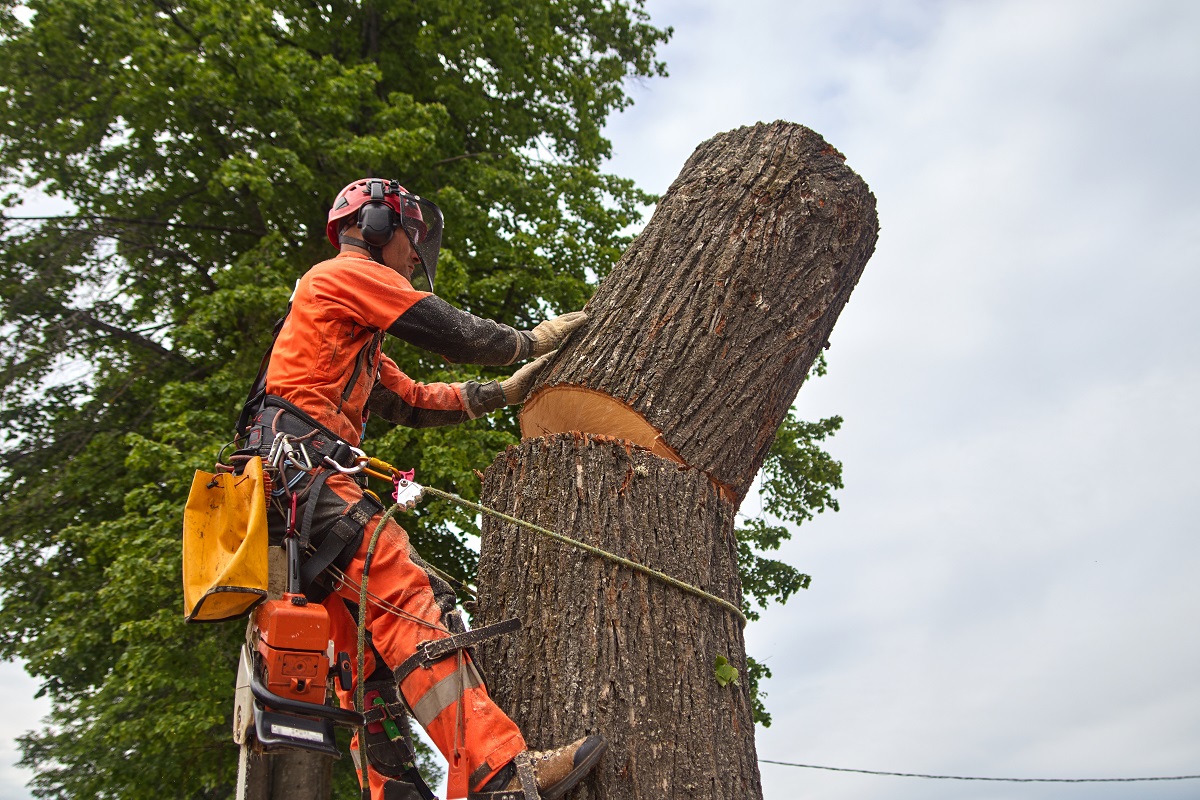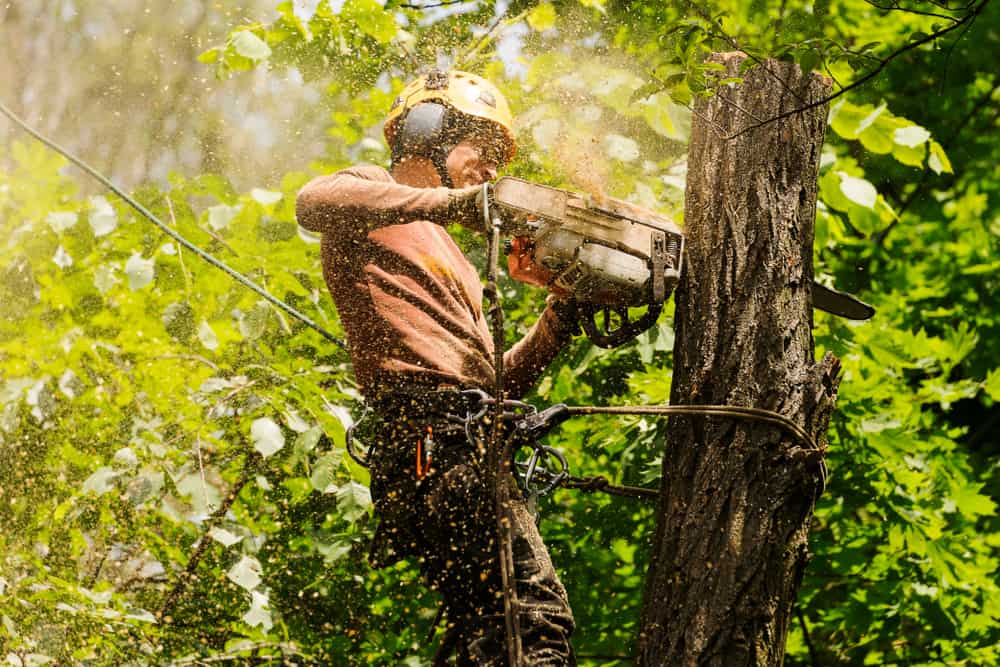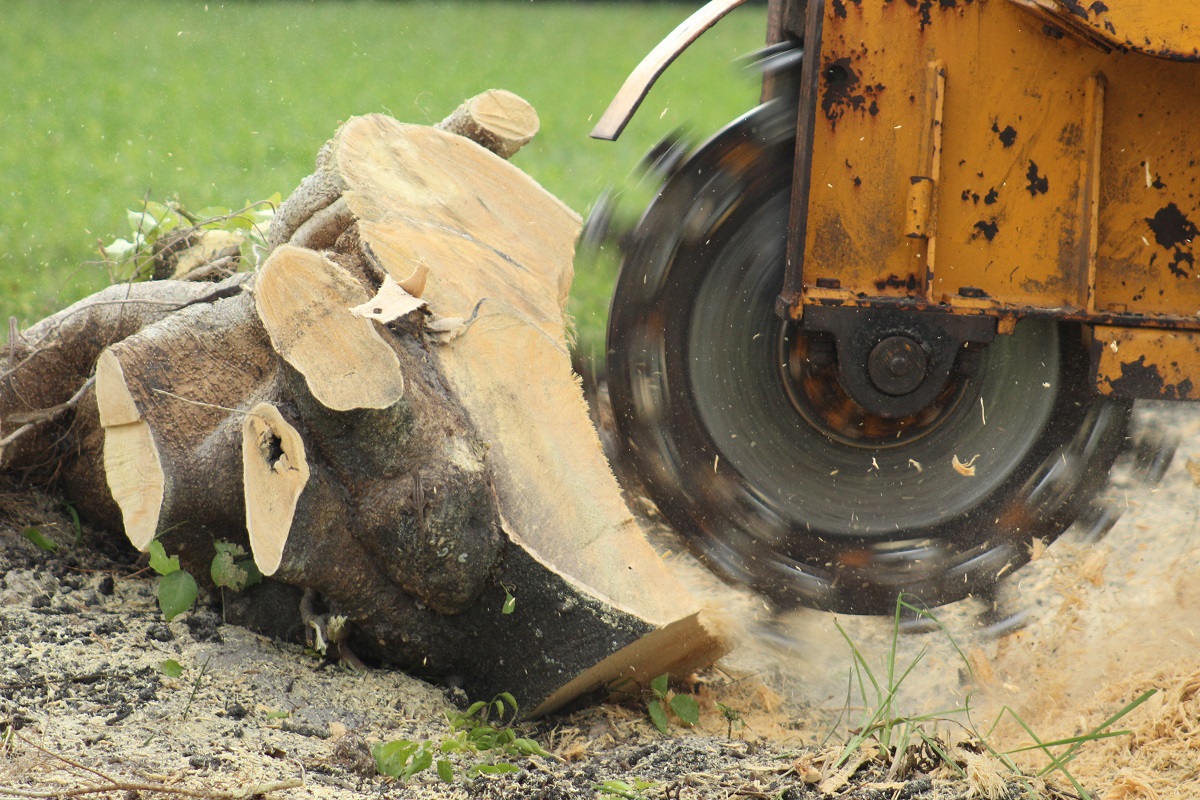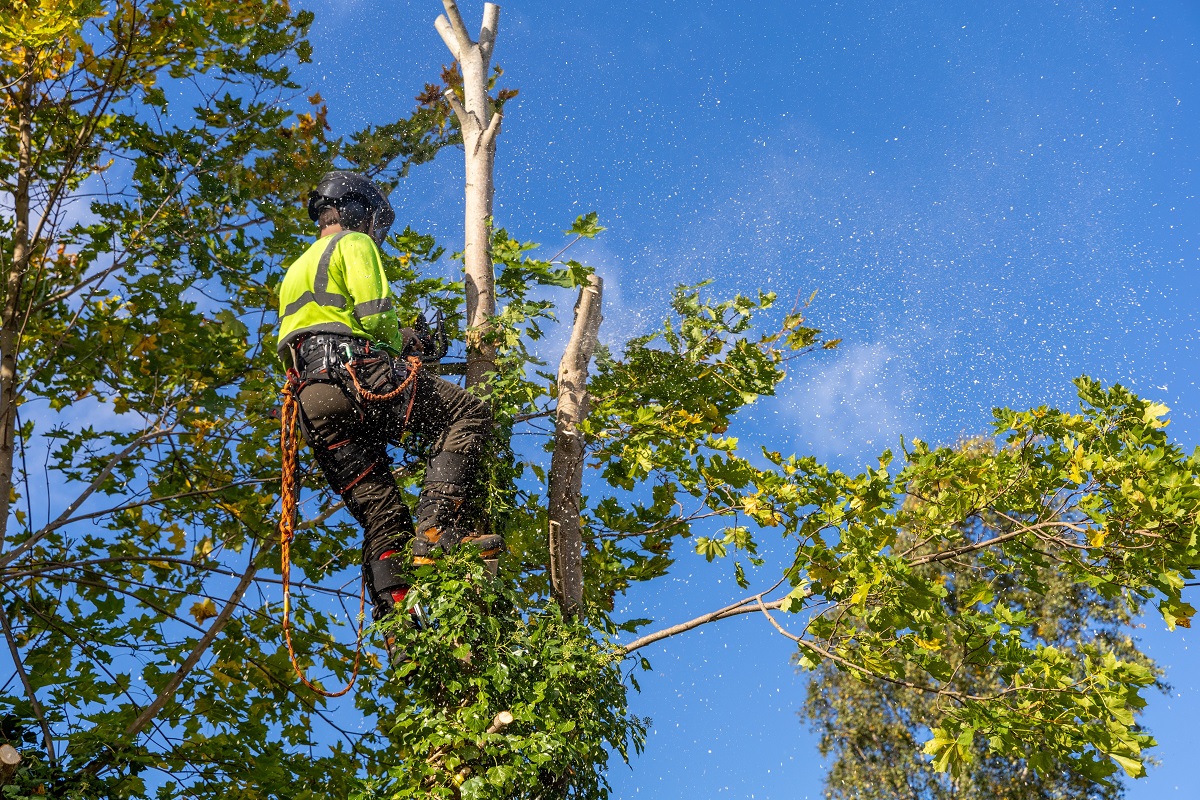Proactive Measures for Tree Safety and Emergency Preparedness
Why Tree Inspections Are Crucial for Emergency Preparedness
Trees are a beautiful addition to any landscape, but they can also pose risks, especially during severe weather conditions. Conducting regular tree inspections is vital for identifying potential hazards and ensuring the safety of your property and loved ones. At Malverde Tree Service, we understand the importance of proactive measures for emergency readiness.
Common Signs of Tree Hazards
Knowing what to look for during a tree inspection can help you identify warning signs before they escalate into emergencies. Some common indicators of potential tree hazards include:
- Leaning Trees: Trees leaning at unusual angles could indicate instability in the root system or structural weaknesses.
- Cracks or Splits: Visible cracks or splits in the trunk or branches may indicate structural issues that could lead to breakage.
- Dead or Decaying Branches: Dead or decaying branches are prone to falling, posing a risk to property and safety.
- Excessive Deadwood: The presence of deadwood within the canopy can increase the likelihood of branches breaking off during storms.
- Root Damage: Signs of root damage, such as heaving soil or exposed roots, can compromise the stability of the tree.
Being vigilant for these signs during your tree inspections can help you address potential hazards proactively.
Conducting a Tree Inspection: Step-by-Step Guide
Performing a thorough tree inspection requires attention to detail and a systematic approach. Follow these steps to conduct a comprehensive inspection:
- Visual Assessment: Begin by visually inspecting the tree from a distance, looking for any obvious signs of damage or distress.
- Proximity Check: Walk around the tree to check for leaning, cracks, or other visible irregularities.
- Trunk Examination: Inspect the trunk for cracks, splits, or signs of decay, paying close attention to the base of the tree.
- Canopy Evaluation: Examine the canopy for dead or decaying branches, excessive deadwood, and signs of pest infestation.
- Root Inspection: Check the area around the base of the tree for signs of root damage, such as heaving soil or exposed roots.
- Professional Assessment: If you’re unsure about the condition of a tree or if it requires specialized equipment to inspect, consult with a certified arborist or tree care professional.
Regularly scheduled tree inspections, especially before severe weather seasons take effect, can help mitigate risks and ensure emergency readiness.
The Role of Emergency Tree Service
Despite proactive measures, emergencies can still occur, especially during severe weather events. In such situations, taking action is crucial to minimize damage and ensure safety. Emergency tree service providers like Malverde Tree Service play a vital role in responding to urgent tree-related issues, including:
- Storm Damage Cleanup: Swift removal of fallen trees or branches to clear roadways, driveways, and properties.
- Hazardous Tree Removal: Safe removal of damaged or unstable trees posing immediate risks to property or safety.
- Tree Stabilization: Applying temporary stabilization measures to secure weakened trees until permanent solutions can be implemented.
- Emergency Pruning: Pruning of damaged or hanging branches to prevent further property damage or injury.
By partnering with an experienced emergency tree service provider, you can have peace of mind knowing that help is just a phone call away during critical situations.
Preventive Maintenance for Tree Safety
In addition to regular tree inspections and emergency preparedness, preventive maintenance plays an essential role in ensuring tree safety. Consider the following preventive measures:
- Pruning: Regular pruning helps remove dead or diseased branches, promoting healthy growth and reducing the risk of breakage.
- Tree Health Care: Utilize proper tree care practices, such as watering, fertilizing, and mulching, can enhance the overall health and vitality of your trees.
- Structural Support: Installing support systems like cables and braces can help reinforce weak or compromised tree structures.
- Professional Consultation: Consult with certified arborists or tree care professionals for expert guidance on tree care practices and risk assessment.
By investing in preventive maintenance, you can minimize the likelihood of tree-related emergencies and safeguard your property and loved ones.
Trust Malverde Tree Service for Your Tree Care Needs
At Malverde Tree Service, we are committed to promoting tree safety and providing reliable emergency tree services to our clients in Fairfield County and Litchfield County, CT. Whether you need routine tree inspections, preventive maintenance, or emergency assistance, our team of skilled professionals is here to help. Contact us today to schedule a consultation and take proactive steps toward tree safety and emergency readiness.




